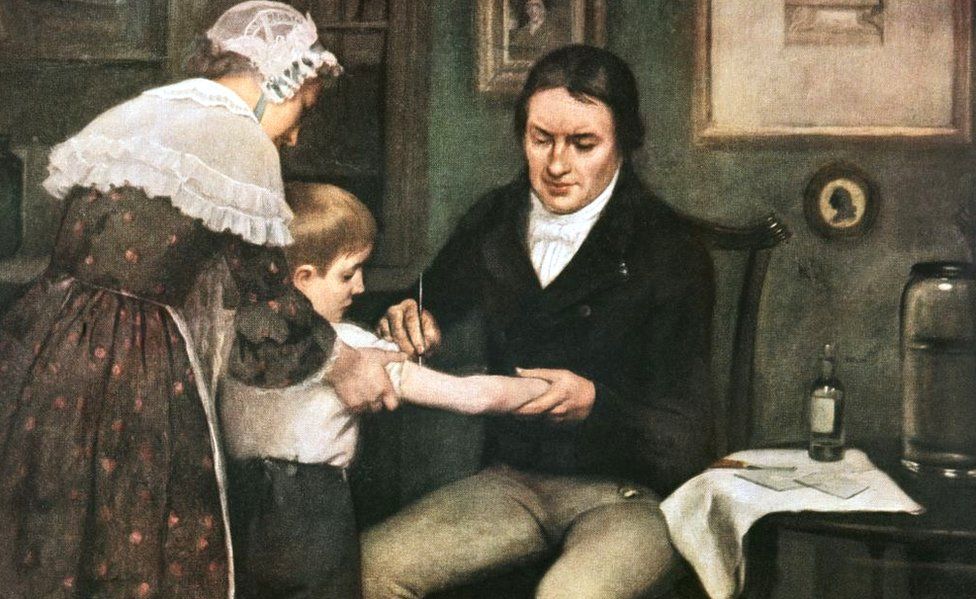Mettant à part le concept habituel du mot « réseau social » qui renvoie généralement à celle des « médias sociaux » : Facebook, Instagram, Twitter et autres, Slaheddine ben Zina et Moez Khorchani, deux ex-INSATiens et actuellement tech-leads à Paris, ont pensé à un réseau social hors du commun : Dipla.
Dipla est une application mobile de communauté locale pour Android et iOS.
Une fois connecté, vous pouvez communiquer avec les personnes autour de vous et si vous changez d’endroit, votre géolocalisation change et votre réseau de personnes partageant avec vous la même zone va changer par conséquent.
L’application vous permettra, donc, de vous exprimer, étant anonyme ou pas, en créant des publications qui seront déposées à votre emplacement actuel, et qui resteront visibles pour toute la communauté qui est autour.
Mais comment cette application peut-elle être utile ?
Dans ton travail, quartier, classe, café ou n’importe où, tes publications seront partagées anonymement ou pas avec les personnes qui sont à quelques mètres de toi, chose qui va vous permettre de vous exprimer et de partager votre expérience avec les « Dippleurs ».
Il existe tant d’applications mettant en valeur l’importance de ce réseau social dans notre vie quotidienne.
Par exemple, si le bruit de votre voisin vous dérange et que vous n’avez pas la possibilité de le contacter, grâce à Dipla vous pouvez vous exprimer et laisser votre réseau agir.
De plus, si vous visitez un restaurant, salon de thé ou autres, vous pouvez partager votre avis à propos de cet endroit. Votre publication restera visible pour tous les Dippleurs visitant le même endroit.
Dipla peut être aussi un moyen de communication entre les étudiants d’une même université en partageant des informations administratives, des nouvelles concernant la vie estudiantine, des affichages des notes et autres tout en exprimant leurs avis comme le montre cette capture:

Pourquoi choisir « Dipla » comme nom de cette application ?
« Dipla » est un mot grec qui veut dire à côté, chose qui nous laisse penser au concept général de cette application.
Ceci est un aperçu de l’application qui est déjà disponible sur le play store et le app store suivant ces liens : Dipla sur le play store , Dipla sur le app store










Share your thoughts